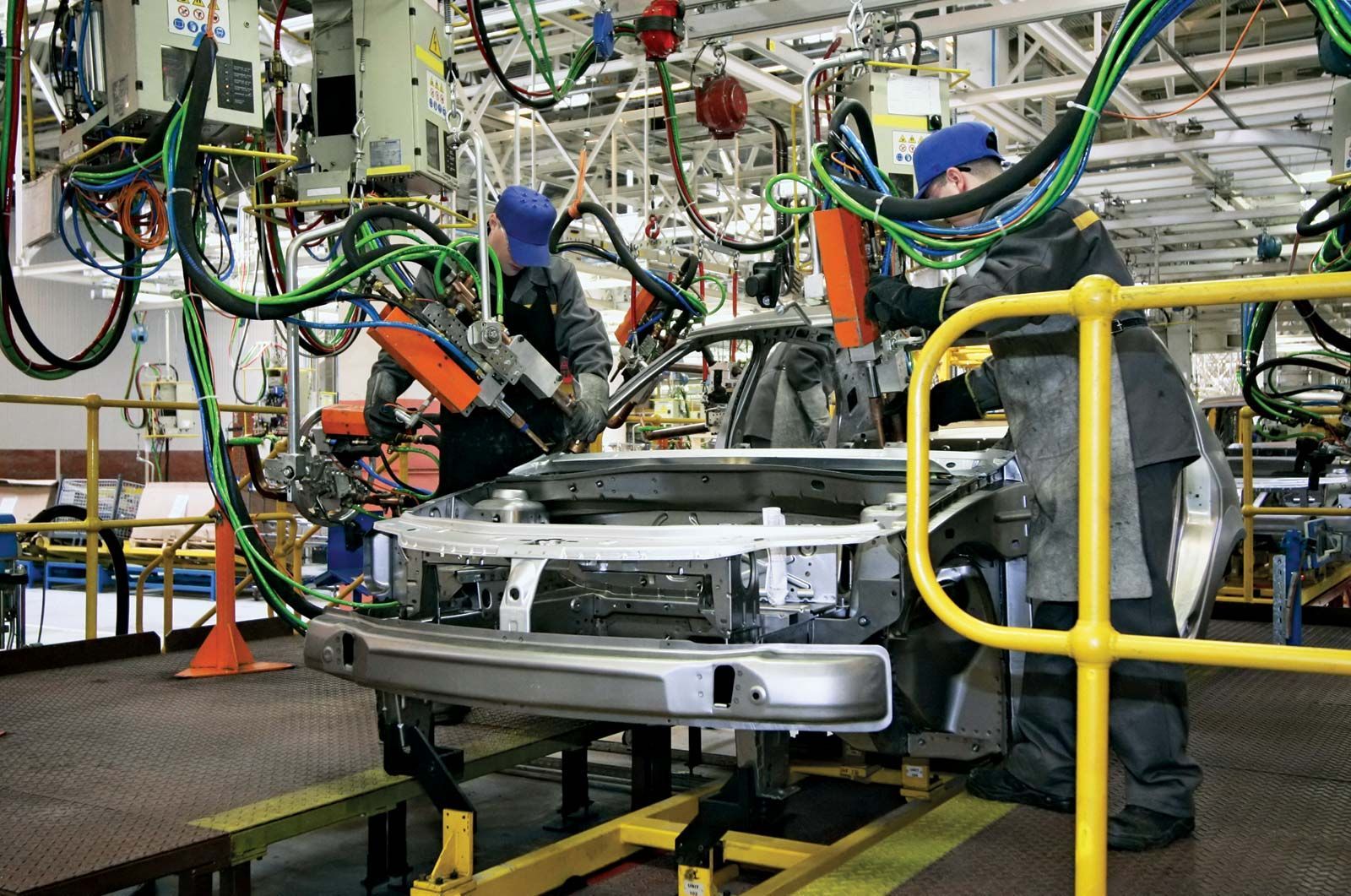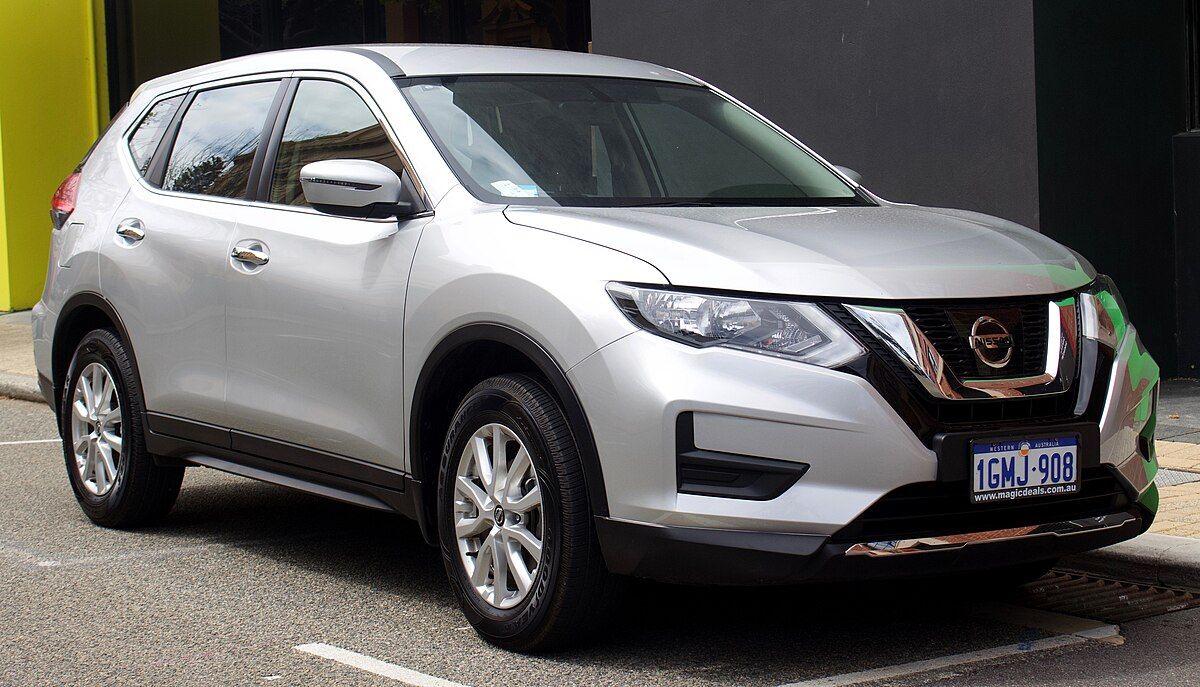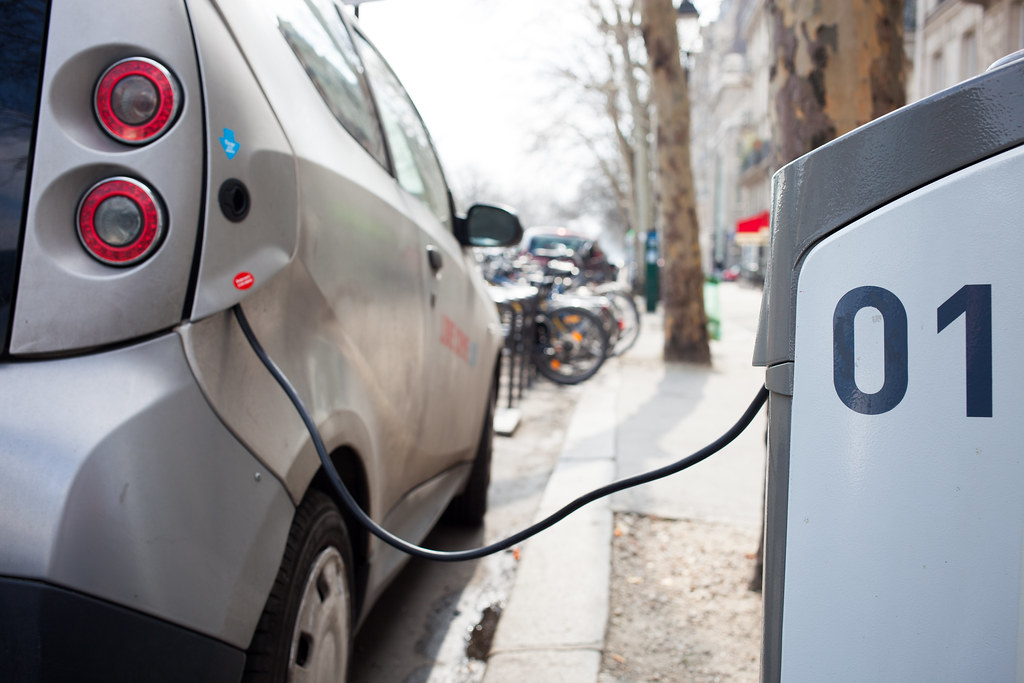
The electric vehicle revolution is well underway, and with it, a rapidly expanding market for used EVs. What was once a niche segment is now teeming with opportunities for cost-conscious consumers looking to embrace sustainable transportation. Buying a used electric car can be an attractive alternative to shopping new, offering notable advantages such as significant upfront savings due to faster depreciation rates compared to gas-powered cars, and potentially lower operating costs from reduced fuel and maintenance expenses.
However, entering the used EV market, especially if it’s your first time owning an electric vehicle, presents a unique set of considerations that differ from purchasing a traditional gasoline- or diesel-fueled car. While the prospect of a more affordable, energy-efficient, and quiet-performing vehicle is appealing, savvy buyers need to arm themselves with specific knowledge about battery health, charging infrastructure, and EV-specific features. This guide is designed to walk you through the most important questions and checks to ensure you make an informed and confident decision that perfectly suits your driving needs and lifestyle.
From understanding how your daily habits align with an EV’s capabilities to delving into the intricacies of battery warranties and charging rates, we’ll equip you with the practical, actionable advice necessary to navigate this exciting segment of the automotive market. By focusing on these crucial elements, you can unlock the full potential of a used EV purchase, balancing cost savings with long-term practicality and peace of mind. So, let’s dive into the first half of what you need to thoroughly investigate before bringing a used electric car home.

1. **Start With Your Driving Habits: How Will the EV Fit Your Lifestyle?**Before you even begin to delve into the technical specifications of a used electric vehicle, it’s paramount to take a thoughtful look at your own driving habits. This initial self-assessment is critical because it will help you determine the right EV for your specific lifestyle, ensuring that the vehicle you choose genuinely meets your everyday needs without unnecessary compromises. Understanding how you intend to use the vehicle daily, weekly, and for occasional longer trips will shape your expectations for range, charging, and overall performance.
For instance, if your daily routine primarily involves short commutes, typically ranging from 10 to 40 miles per day, a small to medium-range EV could be an ideal fit. In many cases, short commutes might only require an EV with 100-150 miles per charge. This conservative approach to range can often open up more affordable used EV options, as longer-range vehicles naturally command a higher price tag. Knowing your typical mileage will prevent you from overspending on capacity you don’t necessarily need.
Conversely, if your driving habits include frequent road trips, delivery or gig work, or regular longer drives, your priorities will shift dramatically. For these scenarios, you’ll want to prioritize battery capacity and compatibility with nationwide charging networks, aiming for vehicles with 250+ miles of range. Even mountain or rural driving has specific considerations; while regenerative braking can be a significant advantage in hilly areas by recapturing energy, you must ensure the EV performs well in cold or steep terrain, as these conditions can affect how far you can drive on a single charge. Finally, for urban dwellers with limited parking, smaller EVs with decent range can be a great fit, provided you have reliable access to charging.
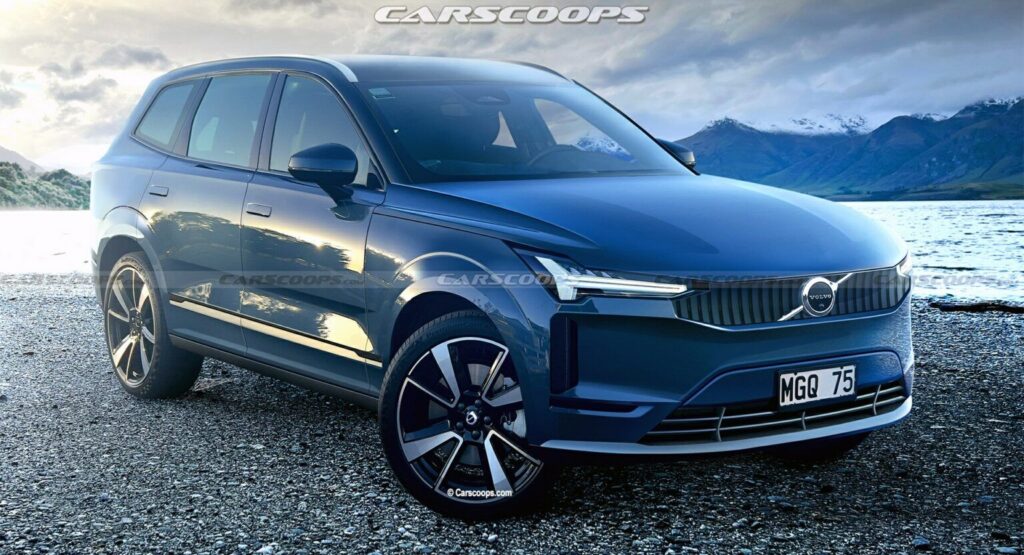
2. **Understanding EV Battery Health: How Is the Heart of the Car Performing?**The battery is unequivocally the heart of any electric vehicle, directly dictating its range, performance, and overall usability. Unlike a conventional fuel tank, EV batteries degrade over time, gradually losing capacity, which means their State of Health (SOH) is a crucial metric to assess. This degradation doesn’t happen overnight, and it won’t leave you stranded, but understanding its current condition is absolutely essential when considering a used EV.
State of Health (SOH) reports are invaluable because they tell you how well the battery is performing compared to when it was new. Most modern EVs offer a built-in diagnostic report that shows the battery’s current capacity relative to its original state, often visible either in the instrument cluster or on the central display screen. Always ask the seller or dealership for a battery health report; if buying from a dealership, their service department can provide a detailed one. Alternatively, you can charge the vehicle to 100% and compare the estimated range to the original EPA rating to get an idea of the remaining capacity. Recurrent also offers important insights on many dealership-sold vehicles, providing VIN-specific battery health data on their listings.
Consistent charging habits of the previous owner can also impact battery health. Frequent use of DC fast charging, for example, can accelerate battery degradation due to the significant heat generated during these rapid charge cycles. While most EV batteries typically last between eight and 15 years, and federally mandated minimum warranty coverage is eight years or 100,000 miles, investigating the battery’s history and current SOH is non-negotiable. Using an OBD-II scanner, like the OBDLink MX+ Bluetooth OBD2 Scanner, can also provide real-time battery performance data and uncover any hidden issues, giving you an even deeper insight into the battery’s condition.
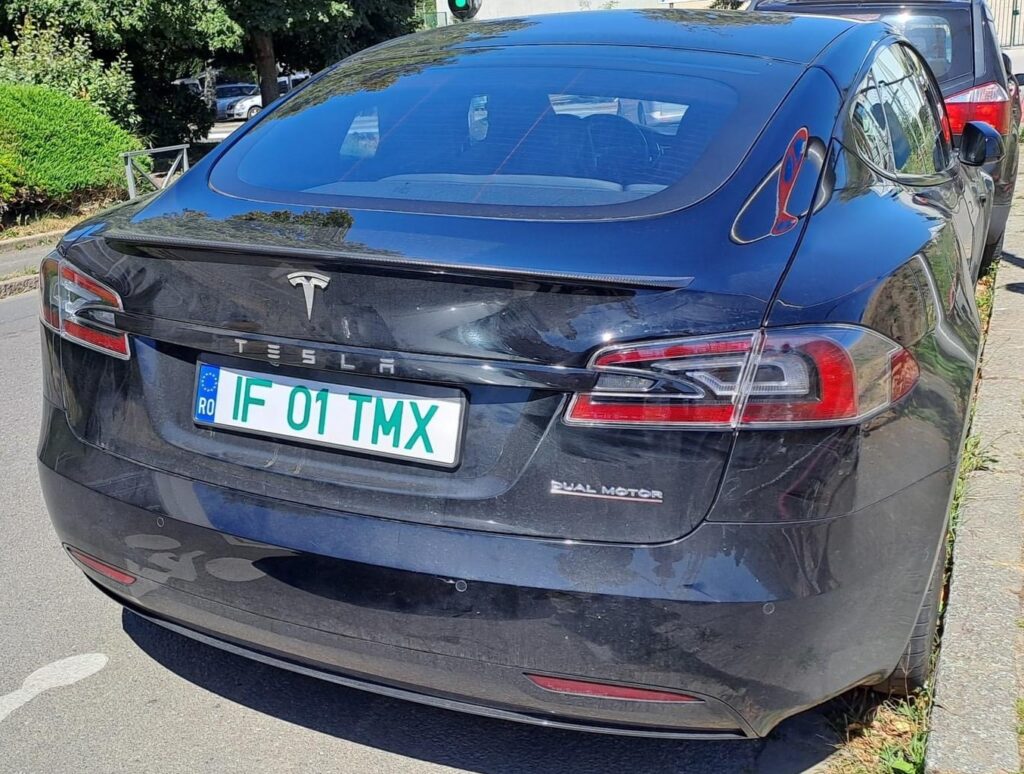
3. **How Much Range Do You Really Need? Avoiding Unnecessary Capacity.**It can be incredibly tempting for prospective used EV buyers to automatically gravitate towards the model boasting the largest battery and the longest driving range. The allure of extensive range can feel like a safety net, promising freedom from range anxiety. However, this often comes at a significant cost premium, and for many drivers, that extra capacity might simply be more than they truly need, resulting in an unnecessary expense.
As highlighted in the discussion about driving habits, the average driver travels less than 40 miles daily, according to the U.S. Department of Transportation. If your primary use for the electric vehicle is commuting, a car with a range of fewer than 100 miles might actually work perfectly fine, especially if you have the convenience of recharging while parked overnight at home. A 200-mile range is often more than sufficient for a daily driver, covering most commutes and errands with plenty to spare.
For those who anticipate longer drives or towing, however, prioritizing a vehicle with 250+ miles of range becomes a more practical consideration. This allows for greater flexibility and reduces the frequency of stops during extended journeys. The key is to avoid paying for range you won’t regularly utilize. Renting a car for those infrequent longer drives can be a more effective strategy in the long run for many drivers, saving money that would otherwise be tied up in a higher-priced, longer-range EV that primarily serves a short-commute purpose. Balancing your realistic range needs with the vehicle’s price tag is a smart financial move.
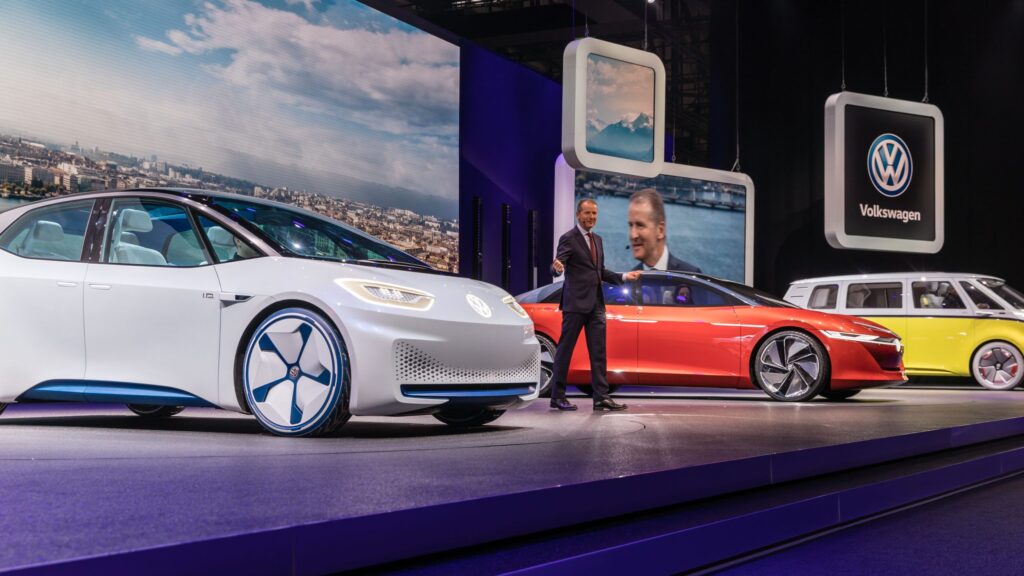
4. **Charging Compatibility: Navigating the Connector Landscape (CCS vs. CHAdeMO vs. Tesla).**The world of electric vehicle charging connectors can seem a bit like a maze, with different standards influencing where and how you can power up your used EV. Understanding the charging compatibility of the vehicle you’re considering is not just a technical detail; it’s a fundamental aspect of daily EV ownership and can significantly impact your convenience and access to public charging infrastructure. The primary standards you’ll encounter are CCS (Combined Charging System), CHAdeMO, and Tesla’s proprietary connector.
In North America, CCS has become the most common standard for DC fast charging among non-Tesla vehicles, supported by a vast and growing network of public charging stations. CHAdeMO, while still present, is less common in newer EVs and its network is generally shrinking. Tesla, with its Supercharger network, offers a highly integrated and reliable charging experience, though their proprietary connector means non-Tesla vehicles typically require an adapter to access Superchargers, if permitted by the Supercharger station. Knowing which connector type your prospective used EV has—and consequently, which public networks it can natively access—is vital.
When evaluating a used EV, clarify its charging port type. This information will directly inform your understanding of available public charging options along your typical routes. While Level 1 and Level 2 home charging often use a universal J1772 connector (which Tesla vehicles use with an adapter), DC fast charging is where compatibility truly matters. Ensuring the EV’s charging standard aligns with the prevalent infrastructure in your area, or that you’re prepared to invest in necessary adapters, will prevent future frustration and ensure a smooth charging experience, whether at home, work, or on the go.
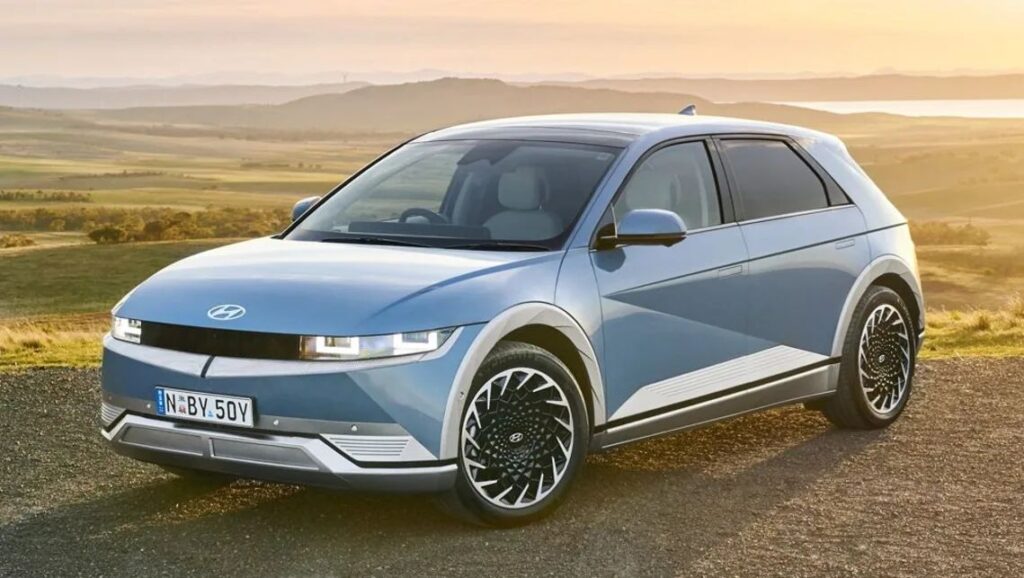
5. **Home and Off-Grid Charging Options: Where Will You Power Up?**One of the most significant shifts when transitioning to an electric vehicle is reframing your understanding of “fueling.” Instead of quick stops at a gas station, a large portion of EV charging typically occurs where the vehicle is parked for extended periods—most commonly, at home overnight. Therefore, meticulously considering your access to EV chargers, both at home and potentially off-grid, is a critical step in the used EV buying process.
For home charging, the ideal setup involves a Level 2 charger. These provide 240 volts of power, requiring an external device that plugs into a receptacle similar to an electric clothes dryer. A Level 2 charger can add approximately 25 miles of charge per hour to a vehicle like a Chevy Bolt EV, making it perfect for topping off an empty battery overnight. Installing a home charger, however, requires a dedicated outlet wired by a licensed electrician, which can be a costly upfront expense. Assessing whether you can park in a private garage or driveway where an electrician can install this setup is fundamental.
If you park on the street, in an apartment garage without dedicated EV charging, or lack the ability to install a Level 2 charger at home, relying on public chargers becomes more of a chore over time. While charging stations are relatively easy to find in populated areas like shopping centers, grocery stores, and office parks, depending on them exclusively can be inconvenient. For occasional needs or situations where a Level 2 isn’t feasible, Level 1 charging, using a standard household three-prong outlet, can add about four miles of range per hour. However, this is significantly slower and generally only suffices for minimal daily additions. Furthermore, researching utility incentives, as some providers offer discounted charging equipment and lower rates for charging during off-hours, can make home charging more affordable.
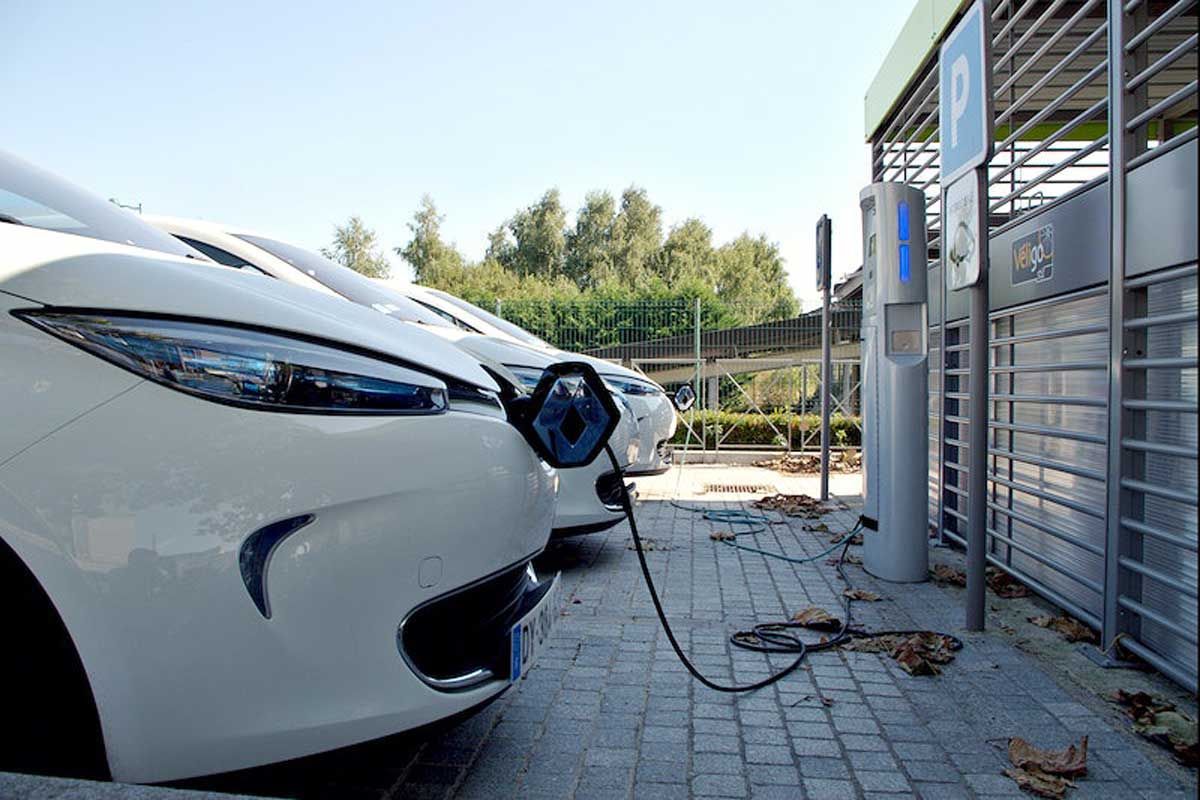
6. **Understand the Vehicle’s Software and Unique EV-Specific Features.**Modern electric vehicles are more than just cars; they are sophisticated machines integrated with advanced software and a host of unique EV-specific features that significantly enhance the driving experience. Unlike gasoline-fueled cars that tend to receive major updates every few model years, EVs, particularly those from manufacturers like Tesla, often receive incremental over-the-air software updates that can introduce new functionalities or improve existing ones. Understanding these aspects of a used EV is crucial for maximizing its utility and ensuring it aligns with your expectations.
Many EVs come equipped with various driving modes—such as ECO Mode, Sports Mode, Normal Mode, or Snow Mode—each altering the vehicle’s performance characteristics. For example, ECO Mode prioritizes energy efficiency, while Sports Mode might offer quicker acceleration. During a test drive, take the opportunity to experiment with these different modes in a safe environment like a parking lot to see how they perform and how you like the feel. Additionally, regenerative braking is a hallmark EV feature that allows the motor to act as a generator, recapturing energy during deceleration. Many vehicles allow you to change the intensity of regenerative braking; try out the different levels to find what feels most natural to you.
Beyond driving dynamics, look for other EV-specific technological amenities. Does the vehicle have advanced driver-assist systems like remote parking assist or autopilot? Ask the dealer to demonstrate how to use these features. Check for modern conveniences like multiple USB ports and ensure they are all functional. Some cutting-edge EVs even boast ‘vehicle-to-load’ (V2X) capabilities, such as the Kia EV6, allowing the car to power external devices; testing such features, even by simply charging your phone from the vehicle, can confirm their functionality. Delving into the vehicle’s infotainment system and understanding its connectivity options will also reveal the depth of its integrated technology, ensuring that the software experience meets your expectations for a modern electric vehicle.
Navigating the used electric vehicle market effectively means looking beyond the initial appeal and truly understanding the vehicle’s long-term implications and specific condition. While the first half of our guide covered personal preparedness and core EV system checks, this second section dives deeper into the physical condition of the vehicle, its historical records, and the crucial factors that will shape your ownership experience well after the purchase. We’ll explore everything from tire and brake health to warranty specifics and maintenance needs, ensuring you’re equipped to make a truly informed decision.
Read more about: Parking Showdown: 5 Urban Heroes That Forgive All Mistakes and 5 Challenging Cars That Lead to Parking Disasters
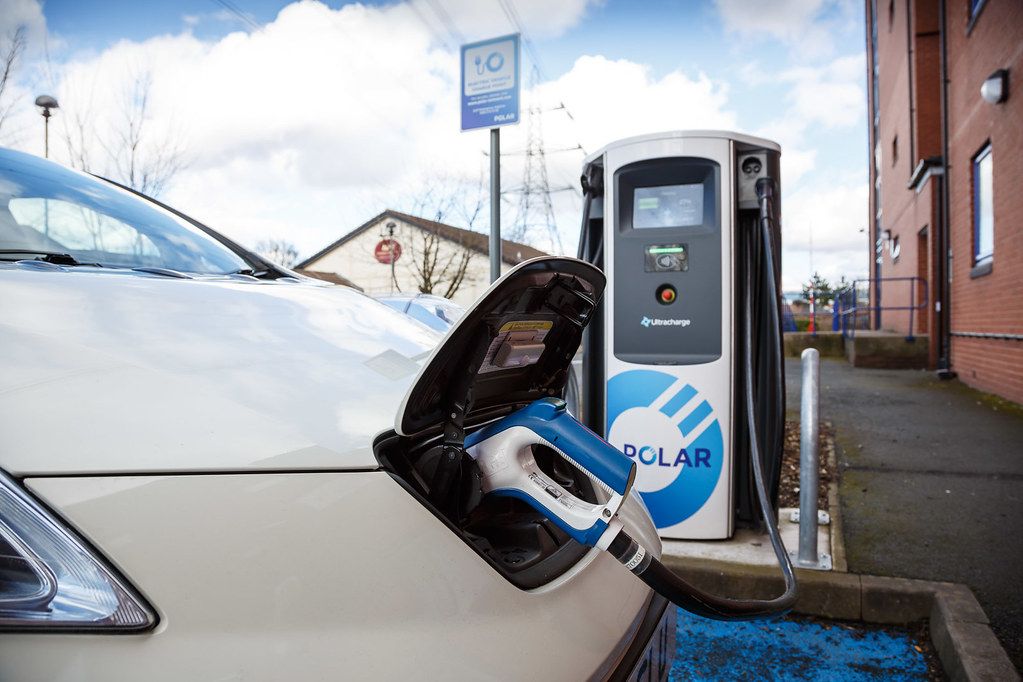
7. **Inspect the Tires and Brakes**While electric vehicles are renowned for their low maintenance requirements, two components that remain critical for any vehicle’s safety and performance are its tires and brakes. EVs often place different demands on these systems than their gasoline counterparts. Tires, for instance, are typically designed for low rolling resistance to maximize efficiency and range. It’s crucial to ensure they are the correct type for the vehicle and are in good condition.
When inspecting the tires on a used EV, check for even wear patterns, adequate tread depth, and proper inflation. Uneven wear can indicate alignment issues, which might be more pronounced in EVs due to their instant torque delivery. Additionally, look for any sidewall damage or cracking that could compromise safety. Considering the generally heavier weight of EVs due to their battery packs, robust and well-maintained tires are paramount for optimal handling and longevity.
Brakes on an EV also warrant a specific inspection, though they tend to last much longer than those on traditional cars. This extended lifespan is thanks to regenerative braking systems, which use the electric motor to slow the vehicle and simultaneously recharge the battery. This process significantly reduces the wear on the conventional friction brakes (pads and rotors). However, it doesn’t mean they never need attention.
During your inspection, visually check the brake pads and rotors for any signs of rust, pitting, or unusual wear, especially on the rear brakes which might see less regenerative braking action. A test drive should also allow you to assess the feel of the conventional brakes when engaged more forcefully. Ensure there are no unusual noises or vibrations, and that the pedal feel is firm and consistent, indicating proper function of both the regenerative and friction braking systems.
Read more about: The 14 Essential Questions to Ask Before Buying a Car: Your Comprehensive Guide to Safety and Value

8. **Check the Vehicle History and Warranty**Just as with any used car, a comprehensive vehicle history report is an indispensable tool when buying a used EV. Services like Carfax or AutoCheck can provide invaluable details such as previous ownership, accident reports, title status (looking out for salvage titles), and service records. These reports help uncover potential red flags like frequent ownership changes or undocumented repairs, which could indicate underlying issues with the vehicle’s integrity or reliability.
For electric vehicles specifically, the history report can also offer insights into how the vehicle was used. For instance, if the car was part of a fleet, it might have been routinely fast-charged, which, as noted earlier, can accelerate battery degradation. Ideally, the report might even document significant events like a battery replacement. If a battery has been replaced—and documented proof can be provided—it could be a substantial advantage, indicating that a prior owner invested heavily in rejuvenating the vehicle’s most expensive component.
Beyond the vehicle’s general history, understanding its warranty coverage is absolutely critical for a used EV, particularly concerning the high-voltage battery. All mainstream automakers include more extended warranty coverage for battery packs than for other vehicle components, typically running for ‘eight years or 100,000 miles’ after the initial purchase, whichever comes first. This federal mandate provides a significant safety net, and many used EVs will still fall within this coverage period.
However, it’s vital to ‘read the fine print.’ Not all warranties are transferable to subsequent owners, and coverage terms can vary by model year. Your best course of action is to contact the automaker’s customer service department directly, providing the Vehicle Identification Number (VIN) to inquire about the specific expiration date and transferability of both the basic vehicle warranty and, most importantly, the battery warranty. This proactive step can offer substantial peace of mind regarding potential future repair costs.
It’s also worth noting that electric cars still use conventional 12-volt batteries, similar to gas cars, to power accessories like the radio and windows. These smaller batteries might last four or five years before needing replacement. Fortunately, they are relatively inexpensive and easy to replace, so while it’s a component to be aware of, it typically doesn’t carry the same financial weight as a high-voltage battery replacement.
Read more about: The 14 Essential Questions to Ask Before Buying a Car: Your Comprehensive Guide to Safety and Value
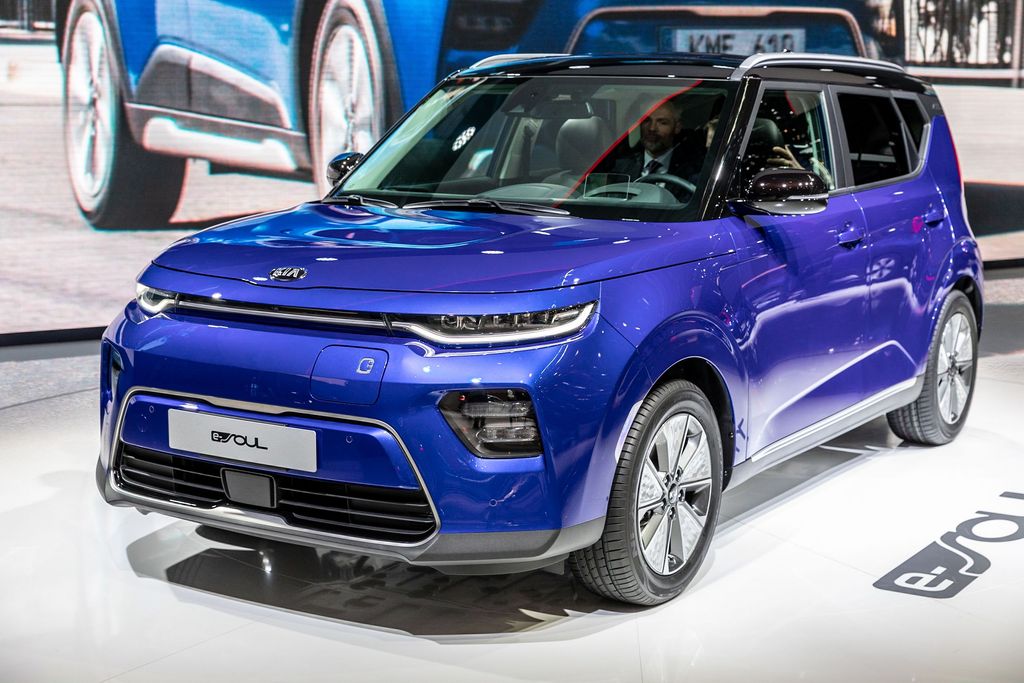
9. **Larger Battery EVs and Towing Needs**The allure of a larger battery electric vehicle, often implying extended range, is understandable for many buyers. However, this increased capacity frequently comes with a higher price tag and adds significant weight to the vehicle, influencing its driving dynamics and efficiency. For most daily commutes and errands, a standard-range EV is more than sufficient, making a larger battery an unnecessary expense if not truly utilized.
For those considering a used EV for towing, the implications of a larger battery become more relevant, though not without their own set of considerations. Towing with any vehicle significantly impacts fuel efficiency, but with an EV, it dramatically reduces driving range due to the substantial increase in energy consumption required to move the added weight. While some larger battery EVs, such as specific truck or SUV models, are indeed designed with towing in mind, their overall range will still be diminished when pulling a trailer.
When evaluating a used EV for towing purposes, it’s essential to research the vehicle’s specific towing capacity and understand the potential impact on its real-world range. Ask the seller if they have used the vehicle for towing in the past and how it performed. Frequent or heavy towing can also place additional stress on the battery and drivetrain, potentially influencing long-term degradation. Ensure the vehicle’s charging infrastructure can support more frequent charging if you plan to tow regularly.
Ultimately, a larger battery EV might be a practical choice for buyers with genuine, consistent needs for extended range or towing capabilities. However, for the average driver, the additional cost might not be justified. Renting a car for those infrequent towing needs or long road trips can often prove to be a more financially prudent and practical strategy, allowing you to opt for a more affordable, shorter-range EV for daily use.
Read more about: Decoding the Charge: 15 Electric Vehicles Redefining Fast Charging for the Modern Driver
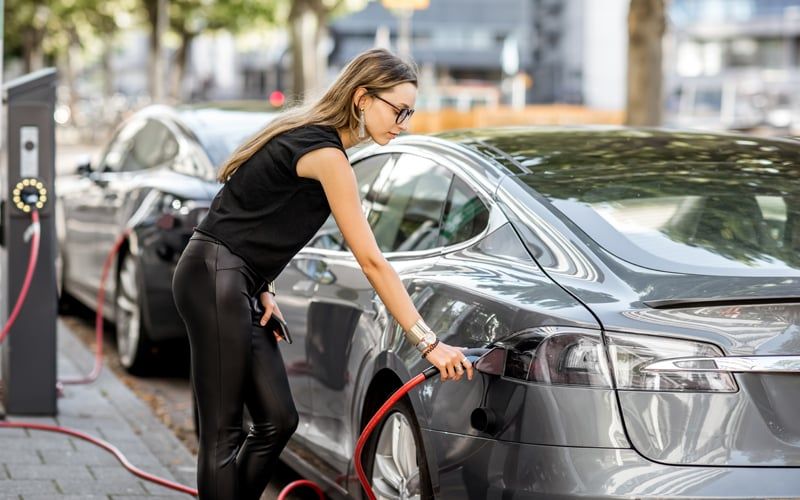
10. **Maintenance and Long-Term Reliability**One of the most appealing aspects of electric vehicle ownership is the promise of lower maintenance requirements compared to gasoline-powered cars. EVs have fewer moving parts, eliminating the need for oil changes, spark plug replacements, and complex exhaust system checks. This simplicity often translates into reduced routine service costs over the vehicle’s lifespan, contributing to overall operating savings.
However, ‘relatively little maintenance’ does not mean no maintenance. Electric vehicles still require regular upkeep, including tire rotations, alignments, and windshield wiper replacements. Cabin air filters also need periodic changing. These items are common across all vehicle types and are essential for safety and comfort. Owners should still follow the manufacturer’s recommended service schedule for these basic inspections and replacements to ensure the vehicle remains in top condition.
Regarding brake longevity, EVs truly shine. The regenerative braking system significantly extends the life of conventional brake pads and rotors because the electric motor handles much of the deceleration. This means brake components wear out much slower than in traditional cars, reducing the frequency and cost of brake service. Nevertheless, it’s still prudent to have the brakes inspected periodically to ensure optimal performance and address any potential issues that might arise from less frequent use.
Finally, considering the ‘newer technology’ inherent in EVs, it’s crucial to review the vehicle’s maintenance and service history for any specific recalls. Models like the Chevy Bolt, for example, have had battery-related recalls. Ensure that any applicable recalls have been addressed by a certified service center. Consistent maintenance records, even if sparse for an EV, indicate a well-cared-for vehicle and can provide valuable assurance about its long-term reliability.
Read more about: Why Your Home Wi-Fi Is Slow: 12 Common Mistakes and Quick Fixes for a Faster Network
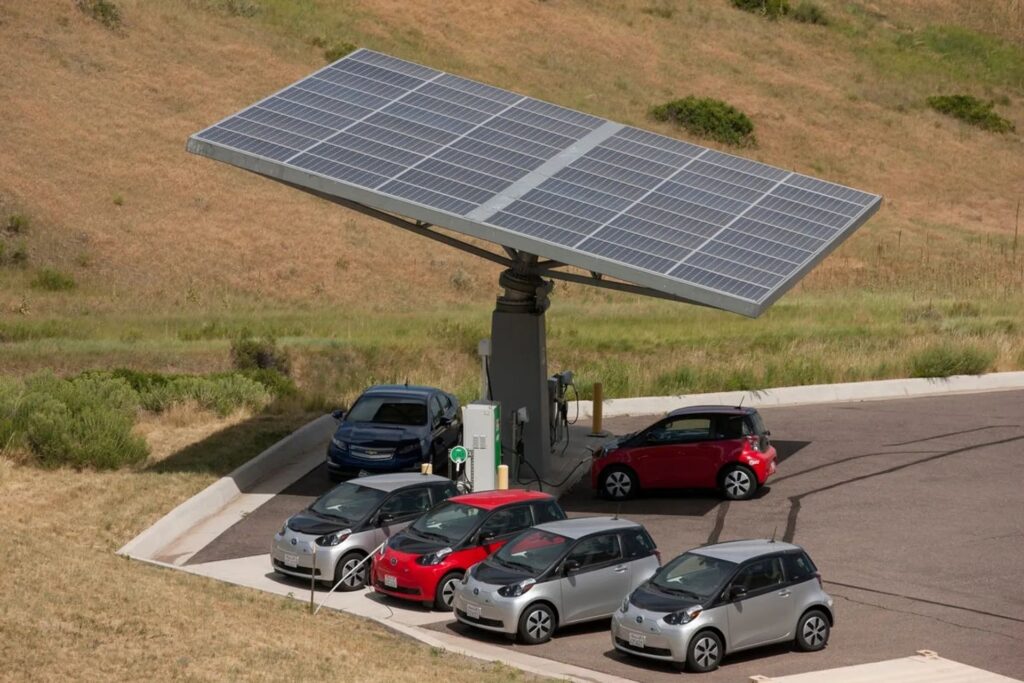
11. **Incentives, Rebates, and Resale Value**The financial landscape of electric vehicle ownership extends beyond the purchase price, encompassing a variety of incentives and considerations that can significantly impact the total cost of ownership. While many prominent tax credits are geared towards new EVs, the used EV market also offers its share of financial benefits, particularly under specific federal programs and through state or local initiatives. Thorough research into these opportunities can lead to considerable savings.
As part of the Inflation Reduction Act, for instance, eligible buyers may qualify for a tax credit of up to $4,000 for purchasing a qualifying used EV. However, several conditions apply: the vehicle’s sale price must be $25,000 or less, it must be at least two model years older than the current calendar year, and income limits apply to the buyer. Crucially, private sales are typically excluded, meaning the purchase generally needs to be made through a licensed dealer. It is always wise to consult with a tax preparer or your local motor vehicle office to confirm eligibility and specific deals.
Beyond federal credits, many state and local governments, as well as utility providers, offer their own rebates and incentives. These can range from discounted home charging equipment to lower electricity rates for charging during off-peak hours. These programs can further reduce the operating costs of a used EV and make the transition to electric ownership even more appealing. The U.S. Department of Energy provides a searchable database of EV incentives, which is an excellent starting point for discovering what’s available in your area.
Regarding resale value, used EVs have historically experienced faster depreciation rates than comparable gasoline-powered cars. This ‘initial loss in value’ is a key factor that makes used electric cars more affordable and attractive for ‘cost-conscious consumers.’ While rapid depreciation might seem like a drawback for original owners, it translates into significant upfront savings for those buying on the secondary market. The growing demand for used EVs, driven by increasing consumer confidence and environmental awareness, also indicates a stable, if not improving, market for these vehicles.
Ultimately, factoring in these potential savings—from reduced fuel and maintenance expenses to tax credits and rebates—is essential for determining the ‘total cost of ownership.’ An older EV with a lightly used battery that is still under warranty, combined with available incentives, could truly be a bargain, balancing the initial depreciation with long-term financial benefits and making your used EV purchase a smart investment.
Read more about: Debunking the Car-Buying Myths: Your Guide to the 10 Best Times to Score a Deal

12. **Smart Questions to Ask the Seller**Engaging in an informed dialogue with the seller or dealership is arguably one of the most critical steps in purchasing a used EV. While vehicle history reports and independent inspections provide objective data, the seller can offer invaluable qualitative insights into the car’s real-world use and any nuances that may not appear on paper. Knowing the right questions to ask can unlock crucial information and help you assess the vehicle’s suitability for your needs.
Start by probing into the battery’s history and charging habits. Ask for the battery health report, if available, and inquire about how often the previous owner utilized DC fast charging. Consistent use of fast chargers can accelerate degradation, so understanding this can give you a better picture of the battery’s true state. Additionally, ask about their home charging setup and habits; whether they primarily charged overnight at Level 2 or relied heavily on public infrastructure can indicate the care taken with the battery.
Another vital line of questioning revolves around the vehicle’s range and actual usage. While you’ve determined your own range needs, ask the seller about their typical driving patterns and how the EV’s range performed for them, especially during different seasons or for longer trips. If the vehicle is a larger battery EV, inquire about any past towing activities, as this significantly impacts battery wear and range. Also, ask about recent software updates and whether any EV-specific features, like V2X capabilities or advanced driver-assist systems, were actively used and are fully functional.
Don’t forget to ask about all charging accessories. Many manufacturers included charging cords with their EVs years ago, but in newer models, portable chargers may have been optional accessories. A new portable Level 2 charging cable can cost around $300, so confirming its inclusion is worth it. Beyond accessories, politely inquire about any minor quirks, intermittent issues, or less obvious problems they might have encountered during their ownership that could affect your experience.
Finally, request all available documentation. This includes service records, receipts for any battery replacements (a ‘major coup’ if documented), and confirmation of remaining warranty coverage for both the general vehicle and the high-voltage battery. A transparent seller with comprehensive records is a good sign of a well-maintained vehicle and can provide you with the confidence needed to move forward with your purchase.
**Final Thoughts on Your Used EV Journey**
Venturing into the used electric vehicle market is an exciting prospect, offering a gateway to sustainable and cost-effective transportation. While unique considerations like battery health, charging infrastructure, and EV-specific features introduce new layers to the buying process, armed with the right knowledge and a methodical approach, you can navigate these complexities with confidence. The key takeaway is not to be daunted; battery failure is genuinely rare, and modern EVs are proving to be remarkably durable, often lasting much longer than initial expectations.
Read more about: The 14 Essential Questions to Ask Before Buying a Car: Your Comprehensive Guide to Safety and Value
By diligently assessing your driving habits, scrutinizing battery health reports, understanding charging compatibility, and performing thorough vehicle inspections, you can identify an EV that perfectly aligns with your lifestyle and budget. Researching available incentives and asking smart, targeted questions will further empower your decision, ensuring you secure a vehicle that offers both immediate savings and long-term peace of mind. Do your homework, ask the critical questions, and you’ll likely find immense satisfaction in your used electric car purchase, driving forward into a cleaner, quieter future with a vehicle that truly meets your needs.


